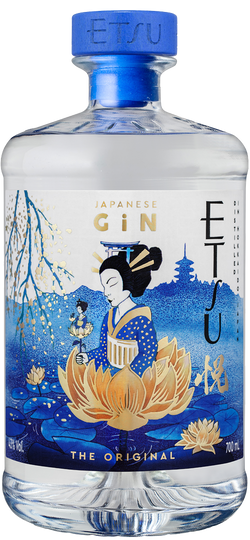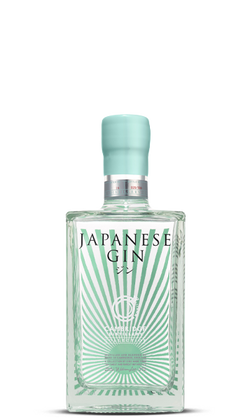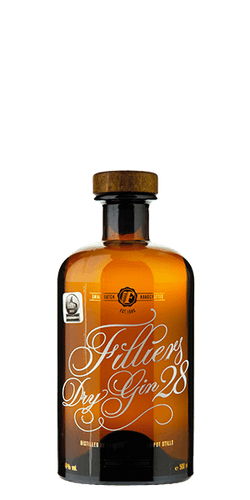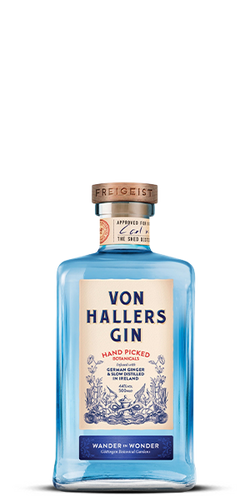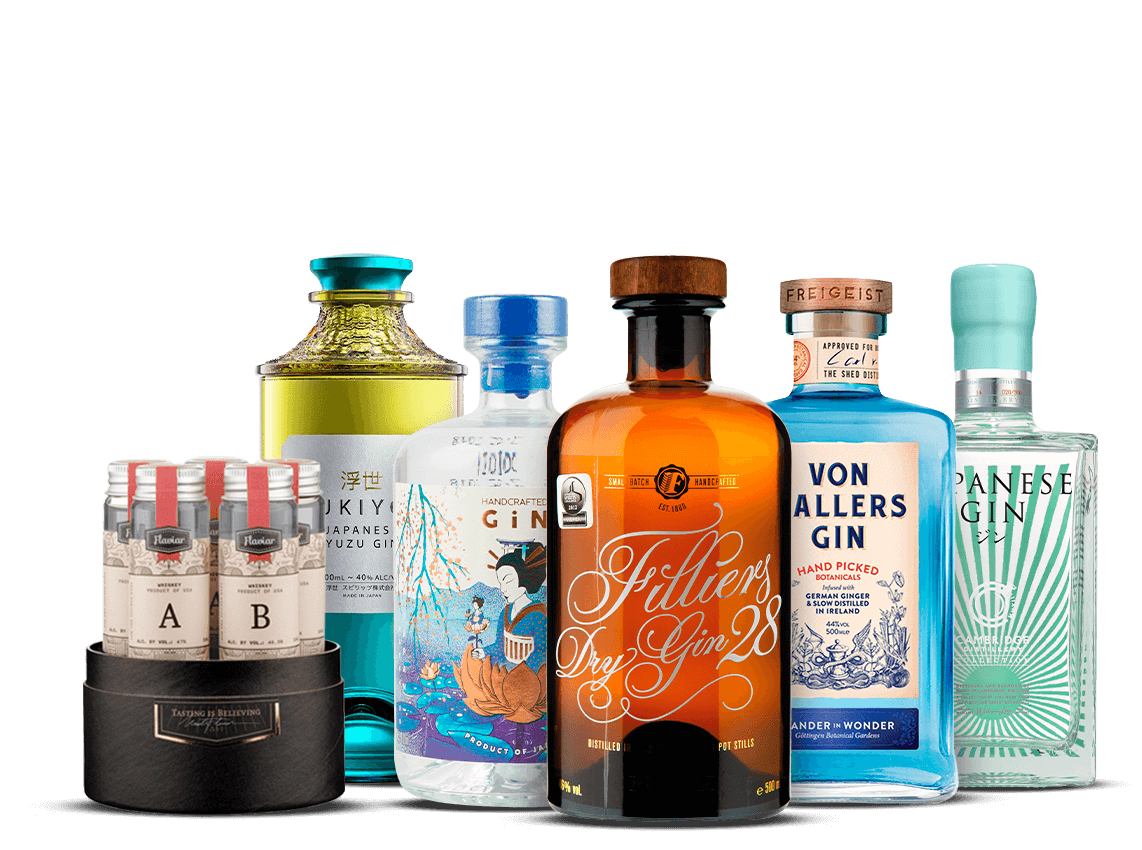

Ginesis
 Only left •Last few at this price. Grab it now!
Only left •Last few at this price. Grab it now!
Flaviar Black Membership (£40/year) will be added, unlocking reduced prices on select products and other perks.
Flaviar Black Members have exclusive access to hundreds of specially priced bottles. Sure you don’t want it?
- CategoryGin
- Volume 5 x 45ml
Kind of feel like you’ve seen them all by now?
Then you’re in for a wild ride. Not all Gin is London Dry and Ginesis takes you to an often overlooked yet fascinating corner of the vast Gin universe. Actually, it’s more a universe of its own. Meet craft Gins from all around the world that are NOT London Dry.
What are they, then? From Belgium to Japan, discover how distillers around the world use different maceration styles and base Spirits to create new mind-blowing and innovative takes on Gin.
While everybody associates Gin with Britain – no wonder, there are plenty of great British Gins and even the Queen liked a sip – the juniper-based Spirit actually comes from Holland. Back then, it was called Jenever and it was a certain Dutch chemist by the name of Dr. Francicus Sylvius who is credited with its invention in the 17th century. In the style of the era, Jenever was first used as medicine to battle malaria. That’s all an old story, though, that you’ve probably already heard a couple of times as a Flaviarista – you want to hear about your journey with some of the less conventional Gins.
Here’s your itinerary: You’ll start in Belgium with Filliers Dry Gin 28, a small-batch Gin that’s crafted in copper pot stills with 28 botanicals. Next stop: Japan with Etsu Japanese Gin, made from a secret recipe and water from Taisetsu mountains, green tea leaves, sansho pepper, and yuzu. We’ll hang around the Land of the Rising Sun for a bit more with Ukiyo Yuzu that’s based on traditional Shochu and infused with yuzu. Then, it’s time to return to the Old Continent and make a stop in Germany with Von Hallers Gin Classic, infused with botanicals that a famous scholar planted in his botanical gardens back in 1736. And finally, we just couldn’t resist sending you to Britain anyway, but wait, it’s not what you think: meet Cambridge Japanese Gin, the first Japanese Gin made outside of Japan. Bam!
Smartass Corner:
1.) The British ‘Gin Craze’ was a period of time in the first half of the 18th century when Gin was so cheap, it became a problem – the government had to step in because wasted Londoners were getting robbed and beaten up.
2.) There are more than 700 cocktails made with Gin known to man.
3.) There are two main ways to flavor your Gin: You can either add flavors to a distilled Spirit and bottle it, or you can infuse botanicals into the Spirit by distilling them together. Depending on your chosen method, you get a different kind of Gin, and a different flavor profile.
4.) The Philippines consume the most Gin in the world and account for 43% of the world Gin market.
5.) Gin was distributed as a medicine during the plague, but unfortunately, as we knoy, wasn’t very effective against it.
6.) Juniper berries are still the main ingredient of Gin and mostly, they’re cultivated in Europe and hand-picked wild.
7.) There are several classifications of Gin: London Dry Gin, Plymouth Gin, Old Tom Gin, Genever or Dutch, New Western or new American or international style.
This product is available in:
Note: Once an order has been safely & successfully delivered, we do not accept returns due to change of heart or taste. Due to state regulations, we cannot accept the return of alcohol purchased by a customer in error.
What’s in the box?












